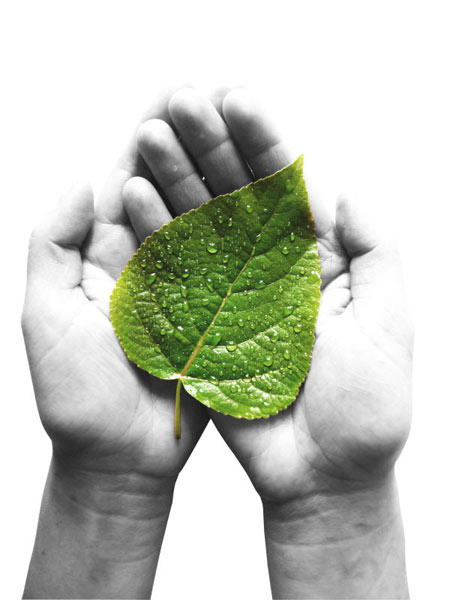
| Ho Chi Minh Citys urban plan to embrace green development | |
Ho Chi Minh City will continue to complete its urban infrastructure in the coming years to turn into a greener and larger urban zone, according to the city’s Department of Planning and Architecture. The south Saigon area, Thu Thiem, District 9, Thu Duc District and Tay Bac urban areas will continue to be upgraded to change the face of the city, according to Nguyen Hoai Nam, the department’s deputy director. High-end residential areas, shopping centers and high-rise buildings will be developed alongside Ha Noi Highway and the eastern side of the city by 2020. In the inner city, all families living in slums along Tau Hu and Kenh Te canals will be relocated. The face of HCM City in the next 10 years would change significantly, he said, adding that more rental housing units would be built. According to the city’s master plan until 2025, the population will remain at 4-4.5 million people in the older inner city area. The city will remove slums dwellings along canals and streets, and move production establishments, ports and industrial parks that cause environmental pollution out of the inner city. Ecological areas including the Can Gio mangrove forest, the Cu Chi special used forest and protective forests, will be strictly conserved. The city would also conserve and renovate existing parks and tree systems in older inner city districts, as well as develop more parks and plant more green trees on land acquired from relocated factories, ports and industrial parks. After 37 years of implementing industrialization and modernization, despite the remaining issues of traffic congestion, urban flooding and pollution, the city "realized that it had faithfully followed the route that developed countries have often experienced," according to Nguyen Minh Hoa, head of the HCM City National University’s urban department. The city has achieved spectacular changes in technical infrastructure and urban development, Hoa said. It has initially completed the renovation of inner-city districts, with more than 100 high-rise buildings built in the city’s downtown area. | |
| VNS |
